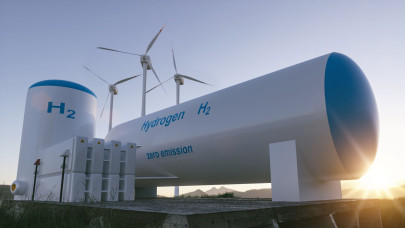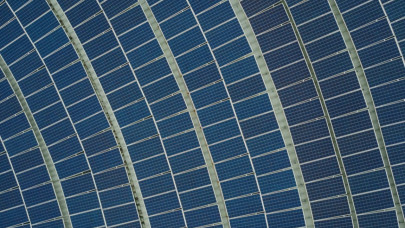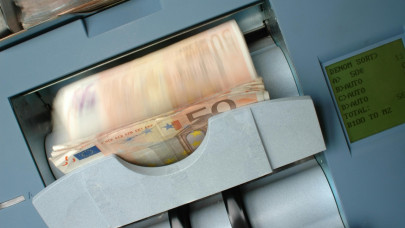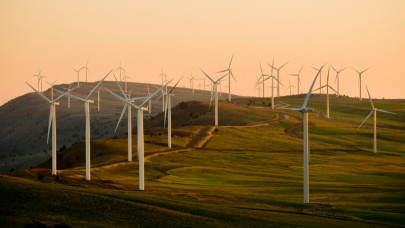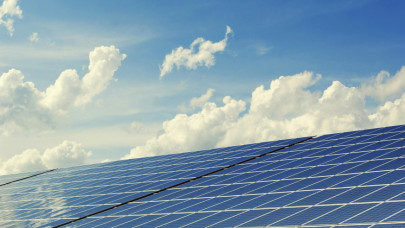Despite these financial pressures, global investment in clean energy is set to nearly double the amount going to fossil fuels in 2024, driven by improved supply chains and lower costs for clean technologies, according to a new International Energy Agency (IEA) report.
Total global energy investment is expected to surpass €2.78 trillion in 2024 for the first time, with about €1.85 trillion directed toward clean technologies such as renewables, electric vehicles, nuclear power, grids, storage, low-emissions fuels, efficiency improvements, and heat pumps, according to the latest IEA World Energy Investment report. The remainder, slightly over €925 billion, will go to coal, gas, and oil. In 2023, investment in renewable power and grids surpassed fossil fuel spending for the first time.
The report also highlights significant imbalances and shortfalls in energy investment flows worldwide. It notes the low level of clean energy spending in emerging and developing economies (excluding China), which is expected to exceed €278 billion for the first time, led by India and Brazil. However, this represents only about 15% of global clean energy investment, far below what is needed to meet rising energy demand in these countries, where high capital costs are hindering project development.
“Clean energy investment is setting new records despite challenging economic conditions, underscoring the momentum behind the new global energy economy. For every euro going to fossil fuels today, almost two euros are invested in clean energy,” said IEA Executive Director Fatih Birol. “The rise in clean energy spending is driven by strong economics, continued cost reductions, and energy security considerations. However, industrial policy also plays a significant role, as major economies compete for advantages in new clean energy supply chains. More must be done to ensure that investment reaches the areas where it is most needed, particularly in developing economies where access to affordable, sustainable, and secure energy is severely lacking.”
When the Paris Agreement was reached in 2015, investment in renewables and nuclear for electricity generation was double that for fossil fuel-fired power. In 2024, this is set to increase to ten times as much, with solar PV leading the transformation of the power sector. More money is now being invested in solar PV than all other electricity generation technologies combined. In 2024, solar PV investment is expected to grow to €463 billion as falling module prices drive new investments.
China is expected to account for the largest share of clean energy investment in 2024, reaching an estimated €625 billion, driven by strong domestic demand in solar, lithium batteries, and electric vehicles. Europe and the United States follow, with clean energy investments of €343 billion and €292 billion, respectively. These three major economies alone constitute more than two-thirds of global clean energy investment, highlighting disparities in international energy capital flows.
Global upstream oil and gas investment is expected to increase by 7% in 2024 to €528 billion, following a similar rise in 2023. The growth in spending in 2023 and 2024 is mainly by national oil companies in the Middle East and Asia. The report indicates that oil and gas investment in 2024 aligns with the demand levels projected for 2030 under current policy settings but is significantly higher than what is projected in scenarios that meet national or global climate goals. Clean energy investment by oil and gas companies reached €28 billion in 2023, accounting for only 4% of the industry's total capital spending. Meanwhile, coal investment continues to rise, with over 50 gigawatts of unabated coal-fired power approved in 2023, the highest since 2015.
Economic challenges aside, grids and electricity storage have been significant constraints on clean energy transitions. However, spending on grids is rising and is projected to reach €370 billion in 2024, up from around €278 billion annually between 2015 and 2021. This increase is largely due to new policy initiatives and funding in Europe, the United States, China, and some Latin American countries. Investments in battery storage are also increasing, set to reach €50 billion in 2024 as costs continue to fall. Nevertheless, this spending is highly concentrated. For every euro invested in battery storage in advanced economies and China, only one cent is invested in other emerging and developing economies.


